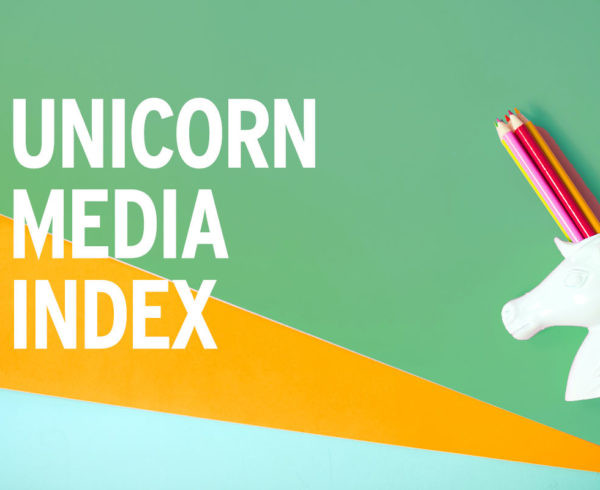 Last month I jumped back into the world of travel and landed in the city of lights at the HLTH 2022 Event in Las Vegas.
Last month I jumped back into the world of travel and landed in the city of lights at the HLTH 2022 Event in Las Vegas.
HLTH is young at just 5 years old, but full of energy. Over 12,000 of the world’s leaders in healthcare and technology converged for 3 days of collaboration, tough questions, and big dreams.
In our digital world where we can have groceries delivered to us in an hour or send a friend money securely and instantaneously (venmo is now a verb, friends…) the healthcare industry is near the back of the race – steadily moving forward, but struggling to keep pace. As one speaker joked, “healthcare is keeping the fax machine in business.”
But where healthcare technology over the past decade has typically been applied to existing non-digital processes, the emerging healthcare tech and ideas are challenging our existing processes and rewriting how we see traditional healthcare. Technology is the catalyst for transforming the process from the inside-out – and these businesses are disruptors in their space. Expanding the very way we think about healthcare.
Here are the 3 trends on my mind after the conference:
- Bring healthcare to the people, instead of expecting people to come to healthcare.
Even with all our advancements, our healthcare system still isn’t reaching a vast number of American citizens: healthcare access is a real issue. But the pandemic showed us that virtual options and using technology can enable a wider reach. Technology now enables not just prescription delivery but grocery deliveries as well. Consumer app Instacart can now reach over 95% of the market and deliver healthy food as prescribed by their physician (I am here for food as medicine programs!)And where we historically need to fit our health into one annual 30-minute meeting – or worse 15-minute meeting – with a physician at a clinic or hospital system, retail giants like Walgreens, Walmart and CVS are moving into primary care offering services typically performed at a doctor’s office. And at the conference, Amazon launched Amazon Clinic: a virtual clinic delivering affordable and convenient care for common conditions – making healthcare more convenient. Companies are using technology to bring solutions to the consumer and rewriting the rules of engagement. - Mental health IS healthcare.
The prevalence of mental healthcare solutions at HLTH was extremely promising. Where mental health historically has only been talked about between the four walls of a therapist office for those who could a) afford it and b) had access to a location, technology opens up a whole new avenue to not only provide mental healthcare, but change the conversation around it. As one panelist said, “The collective trauma of the past two years (referring to the pandemic) has forced us to break the stigma and communicate openly.”Companies providing therapy at home or virtual therapy are changing how we think and access mental healthcare. Consumer app Calm announced a Calm for Business, where employers can purchase and provide resources to their team, helping employees be happier, healthier, and more productive. Spring Health uses a data-driven approach to help individuals and companies thrive by eliminating barriers to mental healthcare.A topic that society once saw as a shameful wound to hide is now out in the open – and technology is enabling that transformation. - Focus on the upstream events impacting health outcomes, rather than the band aid that addresses existing conditions.
One of my favorite conversations at the conference was listening to companies thinking differently about addressing health outcomes. Instead of focusing on the downstream events – patient visits, hospital stays, patient care – they focus on the upstream events that influence the entire healthcare system. Sarah London, the CEO of the Centene Corporation (the largest healthcare company you’ve never heard of) used data to identify the main drivers of health outcomes: food security, access to health, and education. Instead of adding more money to fix healthcare downstream, they are using data and applying that to the 26 million Americans they serve to impact those drivers of health outcomes.At the end of the day, creating and using technology for healthcare is more than the actual technology – it’s about looking at existing processes and asking the hard questions on how we can serve patients on a new level. It requires fresh thoughts and thinking about the industry differently.One of my favorite quotes from leadership coach Robin Sharma is “Change is hard at the beginning. Messy in the middle, and beautiful at the end.” As healthcare embraces this disruption mindset, we will see new market creation. The next 10 years is going to be transformative in the way that we view, provide, and receive healthcare.
The companies coming to the table with not only a strong technology solution – but a strong point of view and an appetite for disruption – are the ones that will have the biggest impact that will improve healthcare for all.










